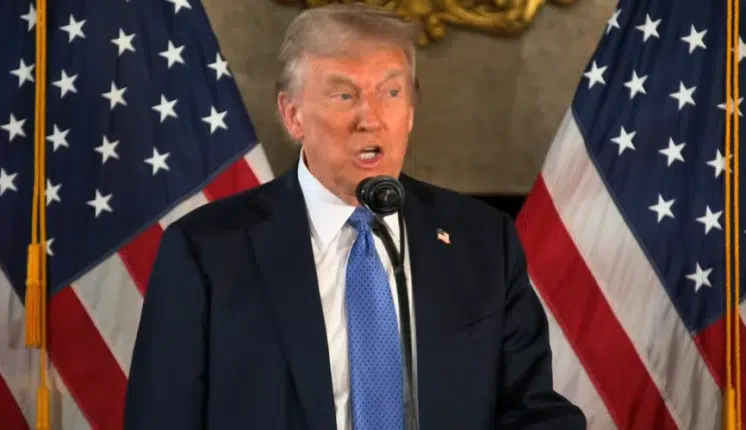By Howard Rich — Earlier this month the U.S. Bureau of Labor Statistics (BLS) reported that America’s unemployment rate fell from 8.5 percent in December to 8.3 percent in January — its fifth consecutive monthly decline. The agency also estimated that the U.S. economy created nearly a quarter of a million new jobs last month — its highest output since last April.
According to the White House, this data provided “further evidence that the economy is continuing to heal from the worst economic downturn since the Great Depression.”
Is this really the case, though? Scratch the surface of the “good news” touted by these official statistics and you’ll find several troubling indicators — including sharp increases in the number of long-term unemployed and a labor force that’s shrinking to historic new lows.
No wonder most Americans aren’t experiencing the economic “healing” that the White House claims is occurring all around them.
According to the BLS, 43 percent of America’s 12.8 million unemployed workers have been out of a job for more than six months. Two-and-a-half years ago that figure was below 30 percent. Moreover the average unemployment duration now stands at 40 weeks — up precipitously from a then-record high of 25 weeks two-and-a-half years ago.
And with the federal government continuing to fund long-term unemployment benefits in perpetuity, taxpayers are simultaneously subsidizing and incentivizing this sustained joblessness.
“This crisis of long-term joblessness is unprecedented in the post-war period,” The Economist noted last October, adding that “for the first time in decades, jobless workers are more likely to drop out of the (labor) force … than to get a job.”
This grim outlook isn’t likely to improve anytime soon, particularly given the scant availability of construction work associated with America’s still-reeling housing market.
Every bit as troubling as America’s long-term unemployment problem is its shrinking labor force. Two-and-a-half years ago — when the Federal Reserve declared the U.S. recession “over” — the country’s labor participation rate stood at 65.7 percent. This month that figure is down to three-decade low of 63.7 percent — meaning that America’s “recovery” has resulted in five million people giving up their search for gainful employment.
If these people were included, “the real rate of unemployed working age adults would be 11.01 percent, and the underemployed would be 17.6 percent,” Americans for Limited Government president Bill Wilson noted recently.
Also both rates would be increasing, not decreasing.
Since his election Obama’s modus operandi has been to blame the previous administration for the recession and to tout his policies as the reason for the nation’s turnaround. This is intellectually dishonest for several reasons.
For starters, Obama enthusiastically embraced the failed interventionist approaches championed by former president George W. Bush — supporting the prior administration’s bailouts of both Wall Street and Detroit. Also, it’s important to note that America’s shrinking labor force and its swelling ranks of long-term unemployed workers date from the end — not the beginning — of the recession, meaning that these indicators are products of a tepid recovery every bit as much as they are products of the recession itself.
Most importantly, Obama’s spin ignores the promises that his administration made in pursuing its own interventionist policies. For example in promoting the 2009 “stimulus,” Obama’s economists assured the public that this monstrous bureaucratic bailout would keep the nation’s unemployment rate below 8 percent.
It has categorically failed to do that — with the nation’s unemployment rate remaining above 8 percent for the past 35 months in a row.
Rather than explaining these pernicious realities, the nation’s legacy media outlets were too busy praising Obama for January’s modest unemployment rate reduction (and reminding us of its positive impact on his reelection prospects).
But no matter how Obama and the press try to spin it, America has a lingering — and looming — unemployment problem that is likely to continue wreaking havoc on our economy for the foreseeable future.
The author is chairman of Americans for Limited Government.






